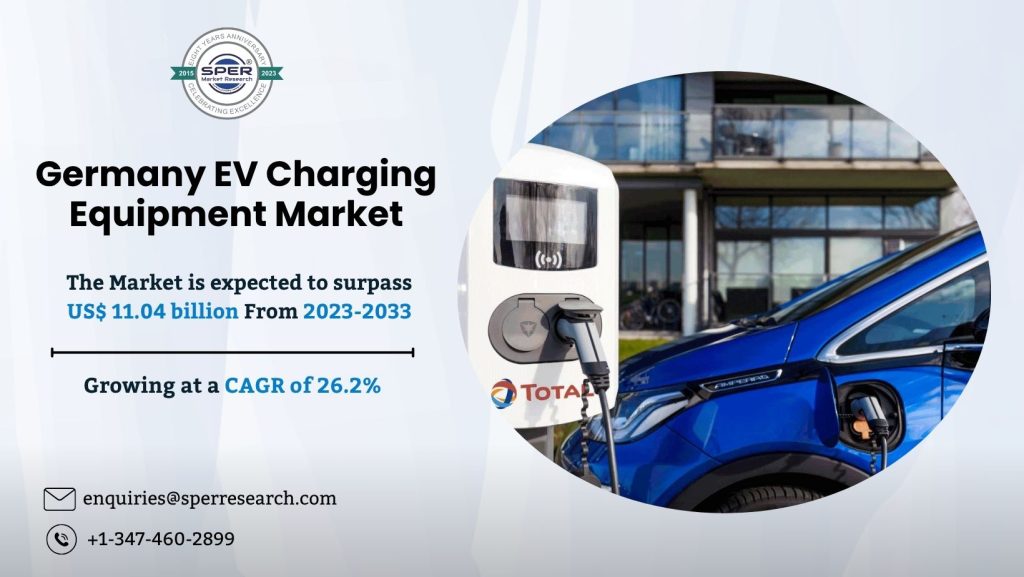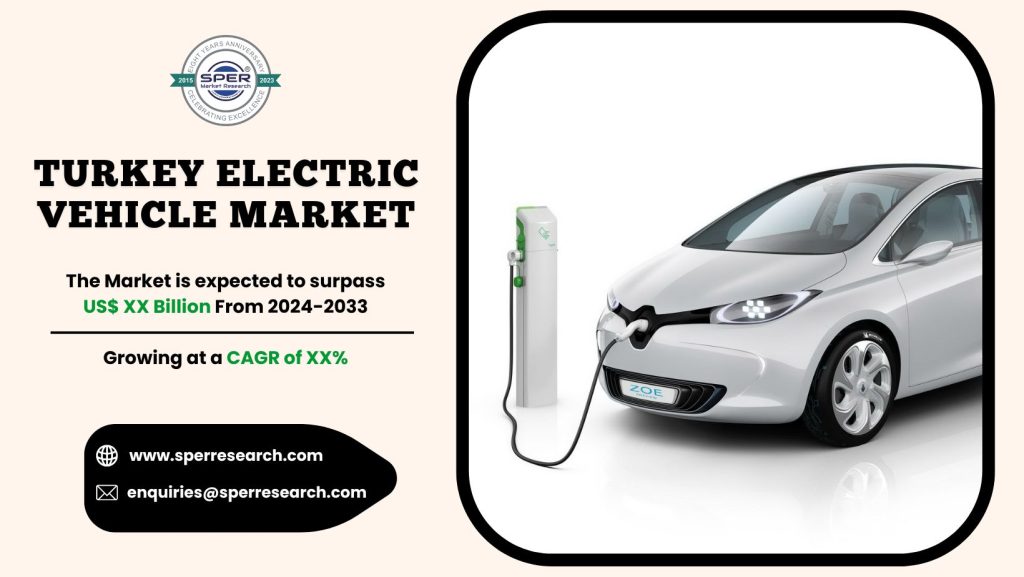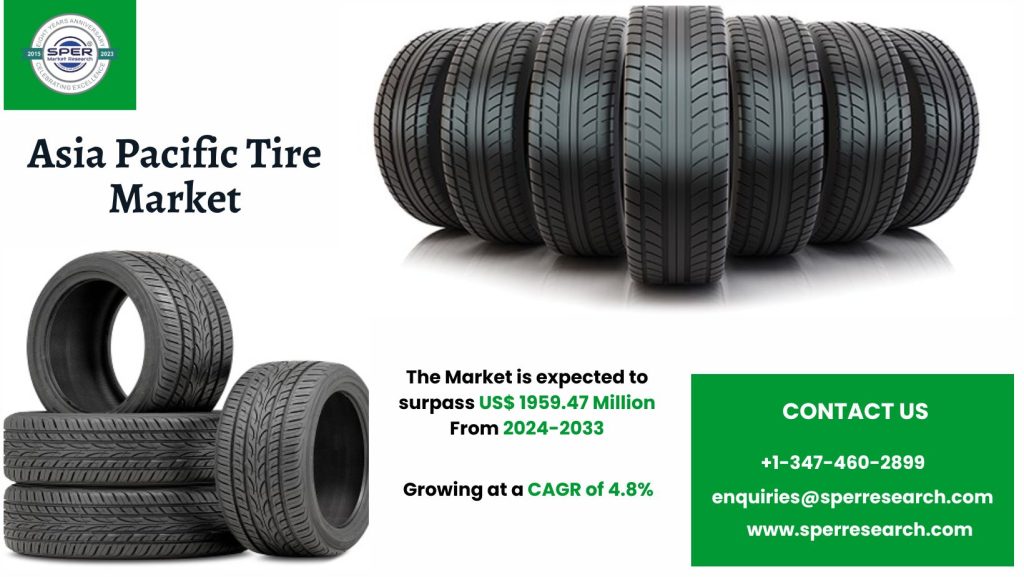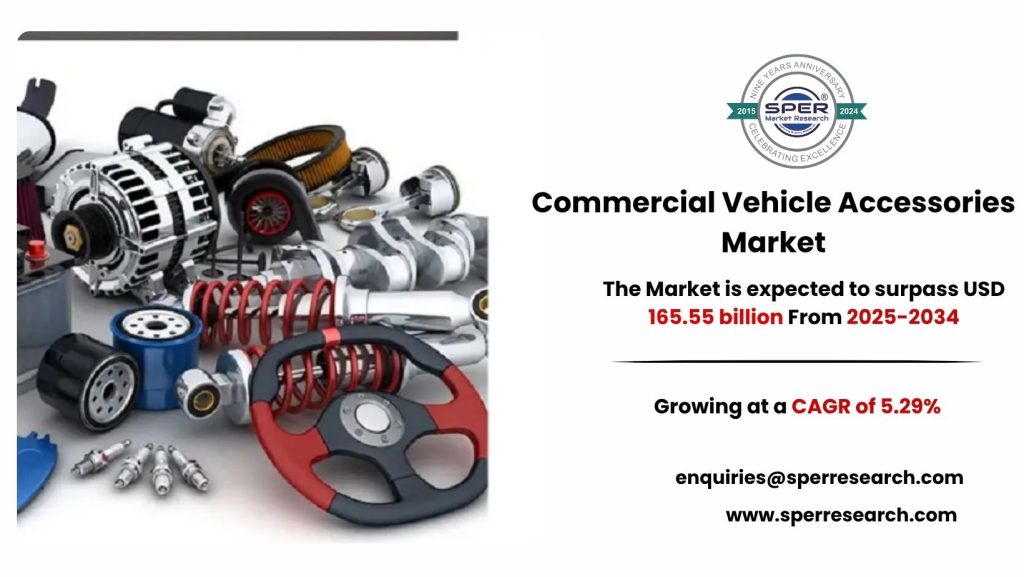EV (Electric Vehicle) charging equipment is the hardware and systems used to recharge the batteries of electric vehicles. It consists of charging stations, connections, cables, and control systems that transfer electric power from the grid to the EV. Charging equipment is often designated as Level 1 (slow), Level 2 (medium), or DC Fast Chargers (fast) based on the charging speed and voltage. These systems can be implemented in homes, offices, public spaces, or commercial establishments. Advanced EV chargers may also include smart features such as remote monitoring, scheduling, and integration with renewable energy sources to increase energy efficiency.
According to SPER market research, ‘Germany EV Charging Equipment Market Size- By Vehicle Type, By Charger Type, By Charging Level, By Application – Regional Outlook, Competitive Strategies and Segment Forecast to 2033’ state that the Germany EV Charging Equipment Market is predicted to reach 11.04 billion by 2033 with a CAGR of 26.2 %.
Drivers:
The adoption of electric vehicles is rapidly transforming Germany’s transportation sector, driving significant growth in the EV charging market. A rising share of new vehicle registrations are electric, reflecting strong consumer interest and policy support. The government plays a key role by offering financial incentives for both public and private charging stations, as well as tax benefits for electric vehicle owners. These measures are crucial in expanding the national charging infrastructure. Germany is also contributing to broader European efforts to ensure wide accessibility to public charging points, which is essential to overcome range anxiety and promote long-term EV adoption.
For More Analysis and Insights, Visit
Restraints:
One of the most significant issues confronting Germany’s EV charging market is the large initial expenditure necessary to build charging stations. The cost of implementing fast-charging infrastructure might be prohibitively high, particularly for small businesses and municipalities. These costs are exacerbated by continuous maintenance and operating needs, making investment decisions challenging. Furthermore, there is a considerable difference in infrastructural development between urban and rural locations. While cities rapidly extend their charging networks, rural areas remain neglected. This disparity restricts access for citizens outside metropolitan areas and impedes widespread, equal adoption of electric vehicles across the country.
For More Information, refer to below link:-
Germany Ev Charging Equipment Market share
Germany’s EV charging infrastructure is supported by strong government policies, automotive industry leadership, and a strong feeling of environmental responsibility. The government has launched a comprehensive national strategy to considerably increase public charging sites around the country. Some of the key market players are Allego GmbH, Bals Elektrotechnik GmbH & Co., ChargePoint, Stadtwerke Lunen Charging, Tesla, Volta, Others.
Related Reports:
Automotive Data Logger Market Growth, Size, Trends
Smart Tire Market Growth, Size
Follow Us –
LinkedIn | Instagram | Facebook | Twitter
Contact Us:
Sara Lopes, Business Consultant — USA
SPER Market Research
enquiries@sperresearch.com
+1–347–460–2899









